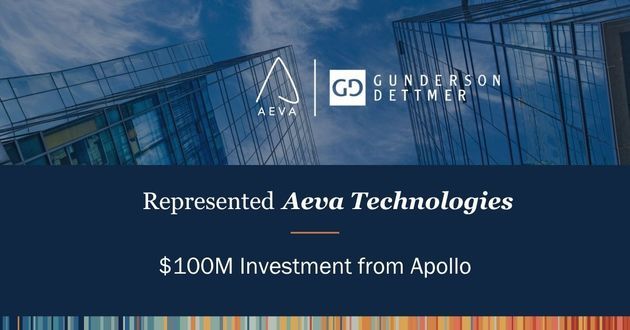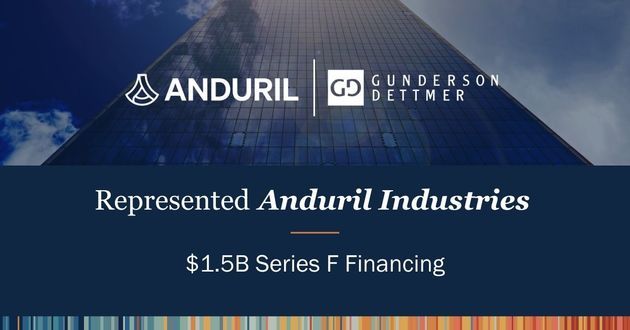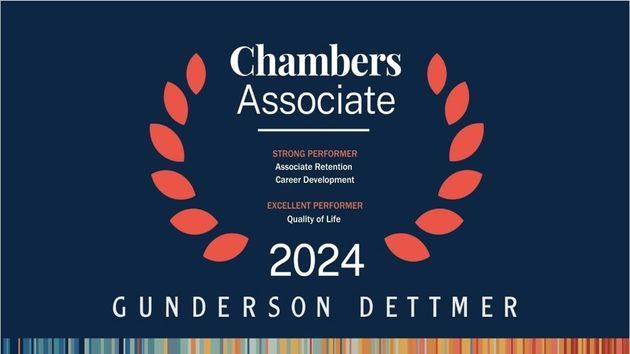
Jeffrey R. Vetter
Jeff chairs the firm's Public Offerings/Public Companies Practice
Jeff chairs the firm’s Public Offerings/Public Companies practice, concentrating on public and private offerings of securities for both issuers and underwriters, mergers and acquisitions, counseling public and late-stage private companies on corporate governance and other securities law matters. Jeff has handled nearly 100 IPOs during his career, both as company and underwriter counsel. His work includes offerings for leading technology companies including Wish, Facebook, Hims, Barkbox, Workday, Veeva, Pivotal Software, and Zuora, as well as Salesforce and eBay. For public companies, he provides ongoing support for their capital markets, corporate governance or compliance needs. Jeff also brings significant mergers and acquisitions experience, with transactions for public and private companies that have a total deal value well in excess of $40 billion.
As a leading practitioner in the space, Jeff has received countless accolades, including being named 2015 Capital Markets MVP by Law360 and 2012 “Attorney of the Year” by The Recorder. Jeff is listed annually in Chambers USA, Legal 500, U.S. News’ Best Lawyers, and Thomson Reuters’ Super Lawyers. Jeff also appeared on the Daily Journal’s Top 100, the publication’s annual list of California’s leading attorneys.
Webinar
IPO Readiness: Setting the Stage for a Successful IPO
The key to a successful IPO is early preparation. For most companies considering an IPO, this preparation starts 18 months to two years before the IPO launches. Late-stage private companies that begin working towards IPO readiness early will be well-positioned to execute an IPO and to thrive as a public company.
Webinar
Post-IPO Summit Webinar Series: Everything You Need To Know About Dual-Class Stock.
In this webinar, partner Jeff Vetter and Of Counsel Brett Pletcher discuss the critical issues companies will need to consider when assessing the desirability and viability of a dual-class structure, how such structures are implemented, how those structures are viewed by public investors and the impact of such structures on corporate governance going forward.













